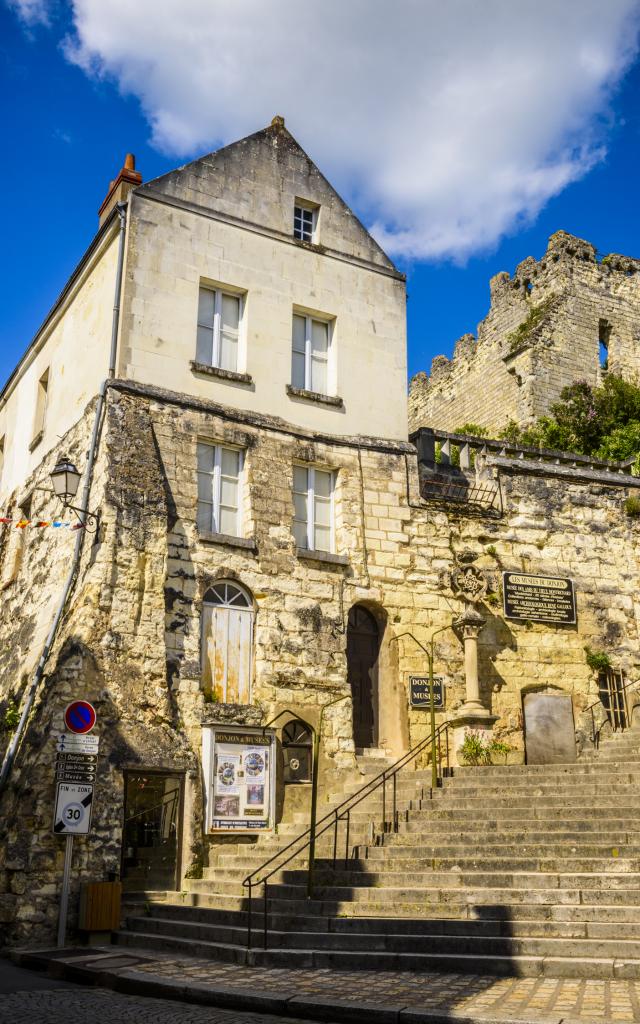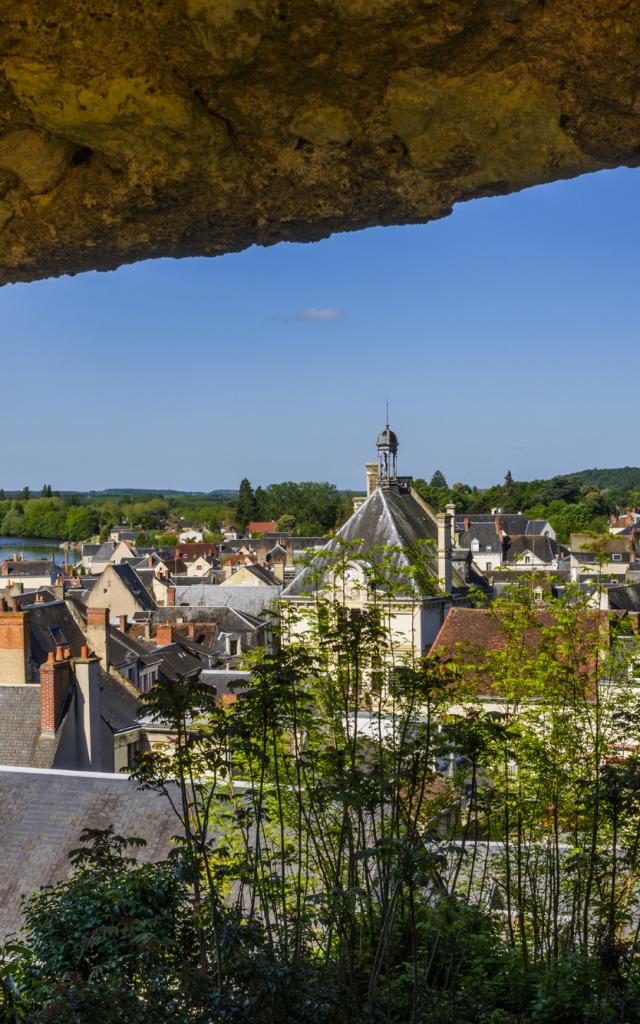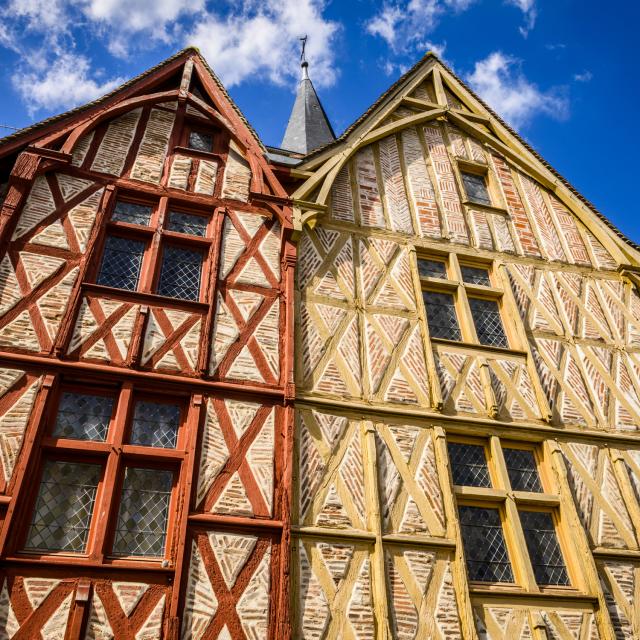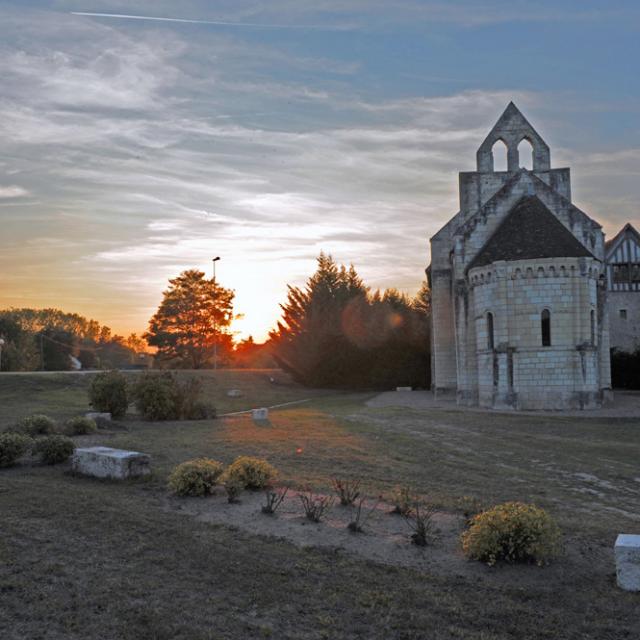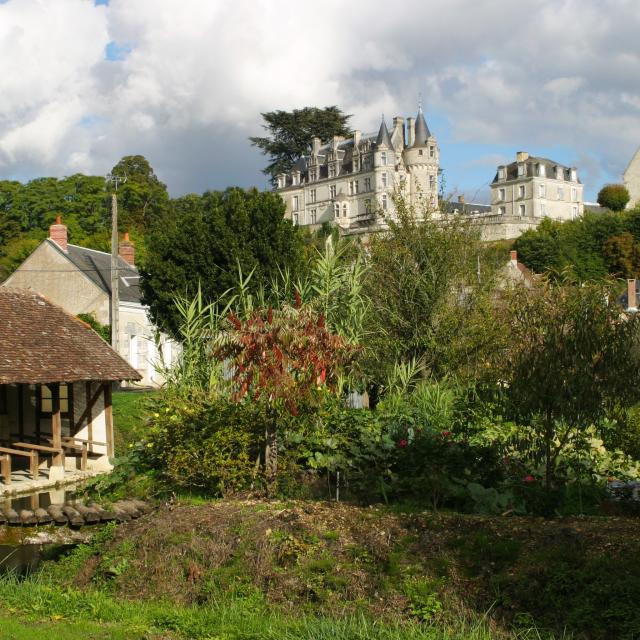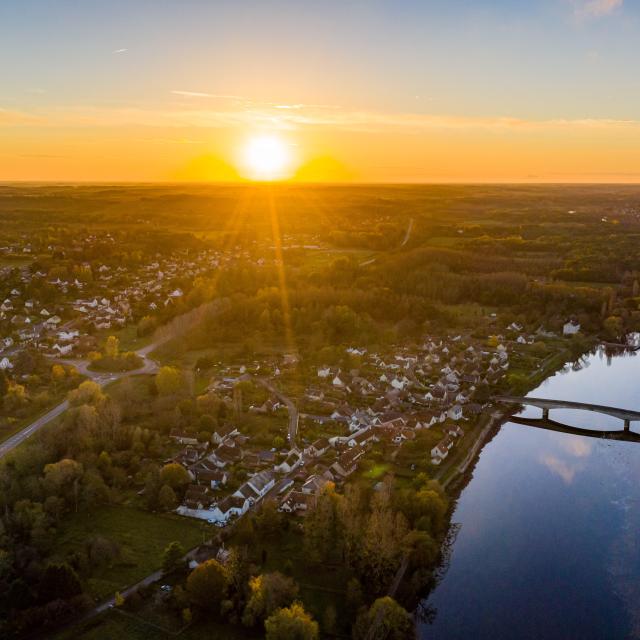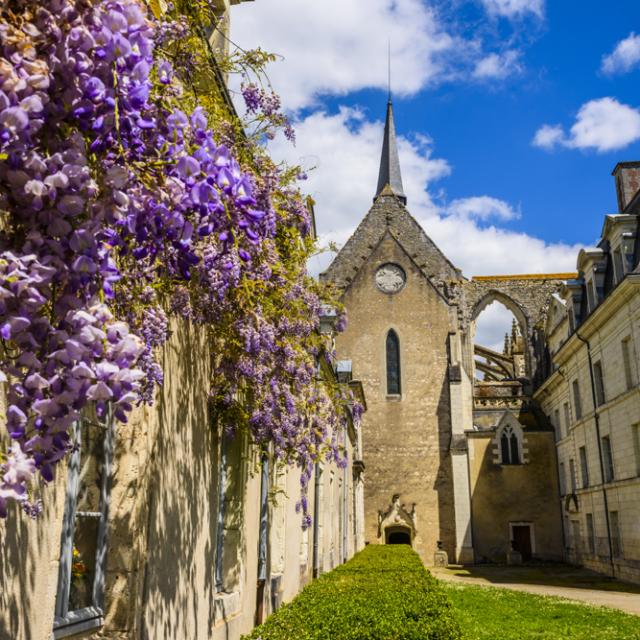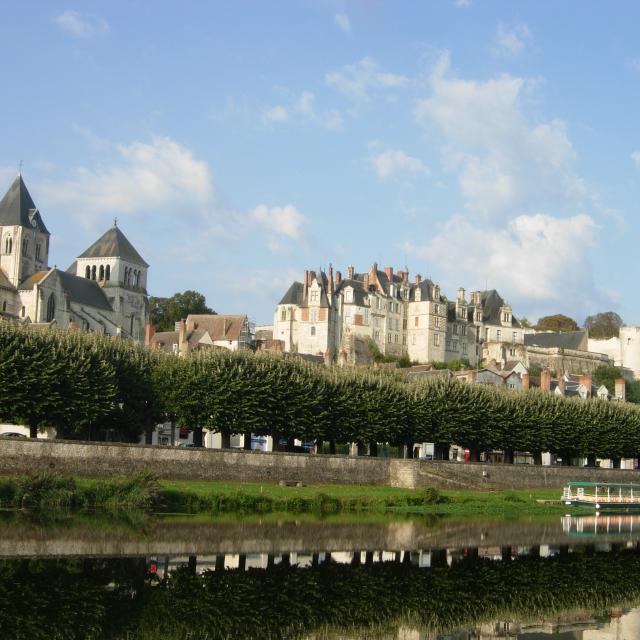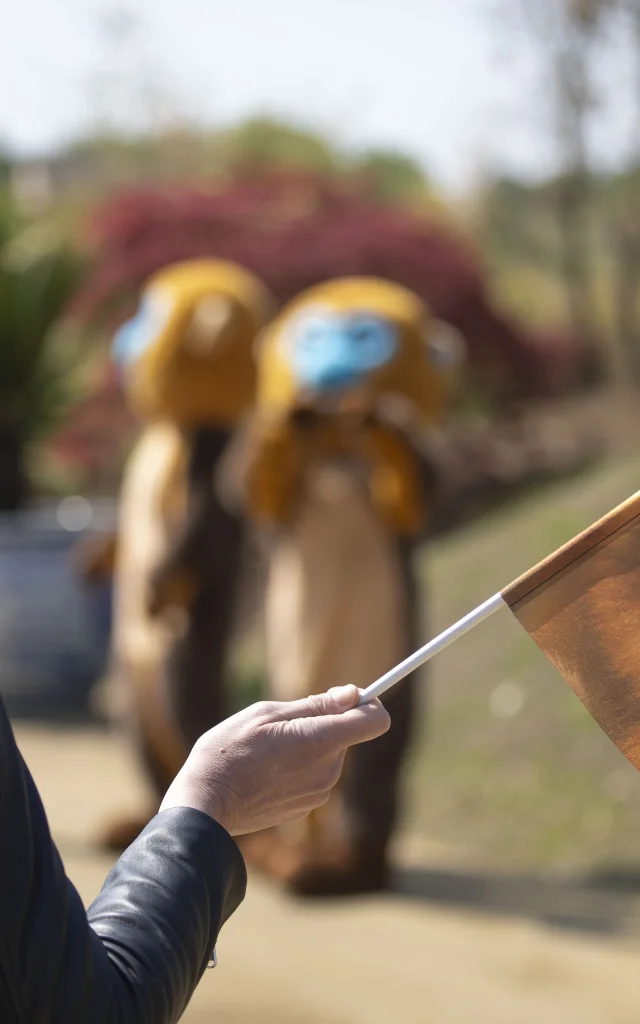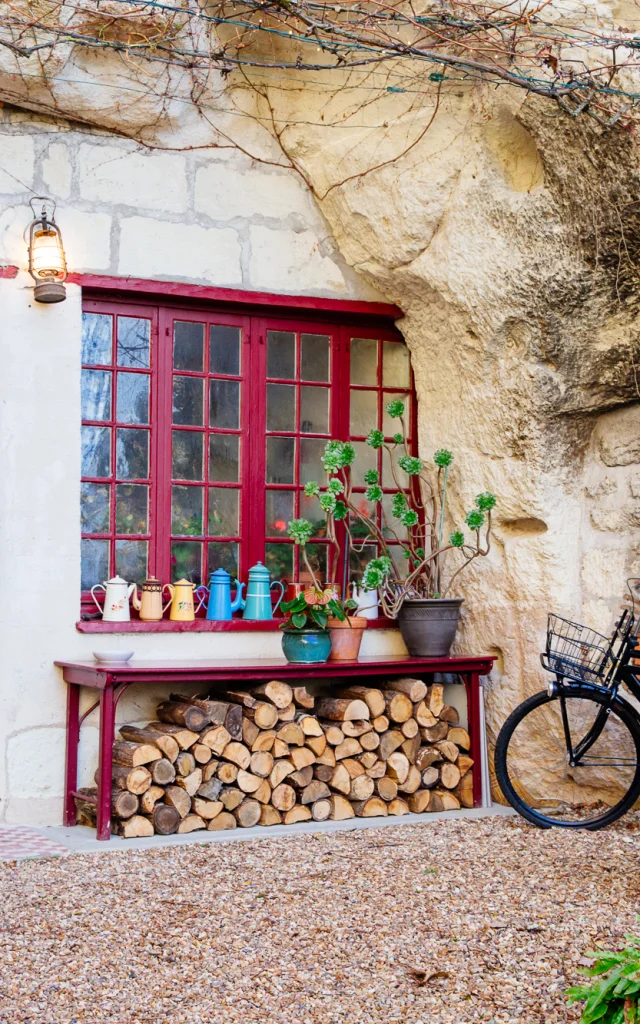Nestled along the Cher river, the medieval town of Montrichard offers the perfect complement to a tour of the Loire Valley châteaux — a true journey back in time.
Ideally located for the first stop of the day, it’s just a 15-minute drive from the majestic Château de Chenonceau, the Royal Château d’Amboise and the medieval town of Saint-Aignan.
This authentic 11th century town immerses visitors in a rich medieval atmosphere, with its iconic keep, ancient fortifications, winding cobbled streets, medieval historic heritage and a breathtaking view of the Cher Valley.
